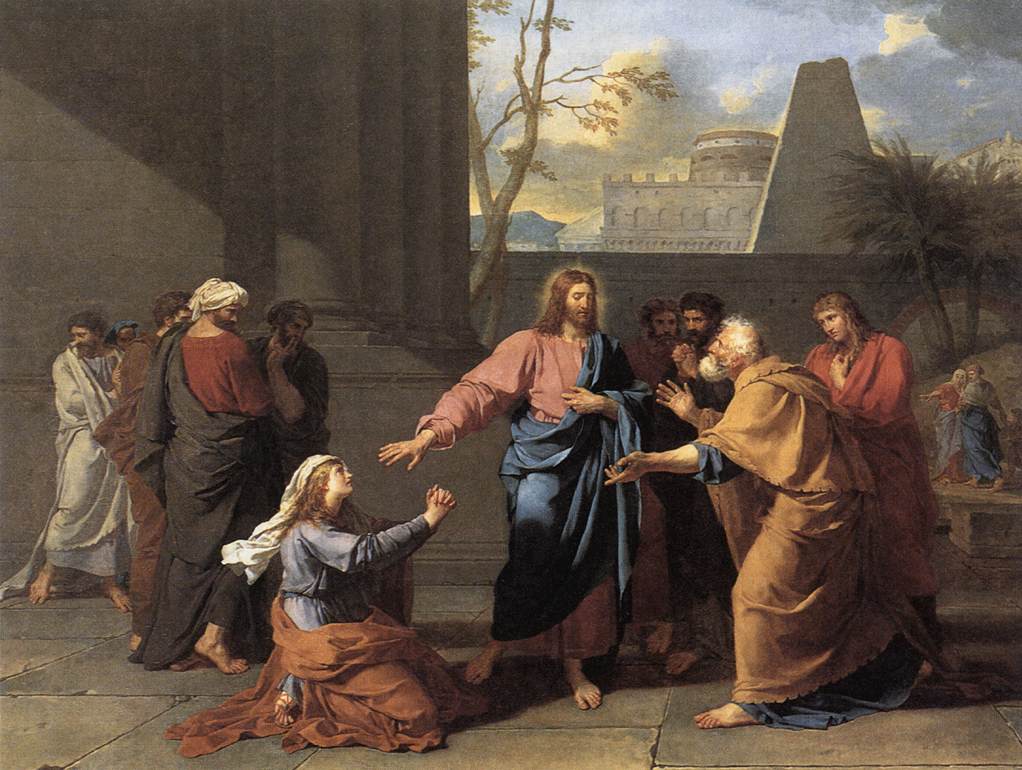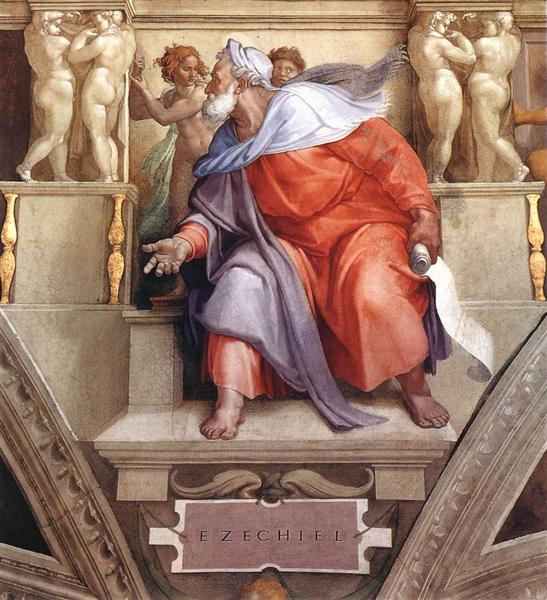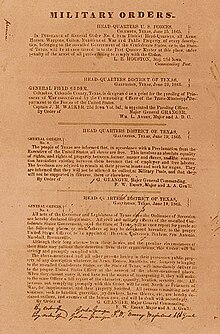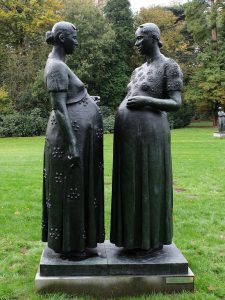
On September 11, 2001, I was teaching at Randolph-Macon College in Ashland, Virginia, just north of Richmond. I well remember the shock and horror that seized our little college town as news trickled in that Tuesday morning. First, we learned of a bizarre and horrible accident involving a plane colliding with one of the Twin Towers of the World Trade Center. Then swiftly came the unthinkable revelation that this was not an accident, but a terrorist attack, involving two airliners deliberately targeted on the Towers. We later learned that another plane had been targeted on the Pentagon, and that still another, intended to crash into either the Capitol or the White House, was forced down near Shanksville, Pennsylvania by its heroic passengers and crew – saving the lives of others at the cost of their own.
On Thursday of the week following this assault, Ashland held a memorial service on the town square. I was among those asked to speak. As I wrestled with what word to bring, indeed with how to speak a word of the Lord to this horrible event, I was led to Habakkuk 3.16-19. Habakkuk saw his homeland destroyed by the Babylonians. He knew what it was to suffer attack, to lose family and friends to a remorseless enemy. The shock and horror we felt that day, Habakkuk knew well.
Nearly every year since beginning this blog, on or around September 11, I have reprinted the sermon I preached on that day. Last year, I posted my heartbreak, to realize how fully the fears I had expressed back then in this sermon were realized. Today, twenty years later, we continue in our fear and mistrust to give ground to racism and xenophobia. Yet there are many hopeful signs that we are at last ready to confront our national sins, to repent, and to allow God’s spirit of justice to move us, following what Abraham Lincoln called “the better angels of our nature.” It is my prayer, today as back then, that Habakkuk’s ancient words will speak to us all, of honest grief, and hope, and healing.
What do you do when the worst thing that can happen, happens? That question weighs most heavily this morning on the hearts of those who have themselves been injured, and those who grieve for loved ones, torn from them or suffering grievous harm in this attack. But surely, it is asked by all of us here today.
What do you do when the worst thing that can happen, happens? While this question was brought home to us powerfully and poignantly in the events of this past week, it is certainly not a new question. The prophet Habakkuk saw his world destroyed. He saw advancing Babylonian armies swallow up town after town, village after village. He saw homes in flames. He saw his friends and family slaughtered or taken away in chains to Babylon. Habakkuk cried out, “Are you from of old, O LORD my God, my Holy One? We shall not die.” (Hab. 1:12) Surely, surely, you will not let us die. “Your eyes are too pure and you cannot look on wrongdoing; why do you look on the treacherous, and are silent when the wicked swallow those more righteous than they?” (Hab 1:13) Habakkuk is in shock. He can’t accept what he sees and hears. “I hear, and I tremble within. My lips quiver at the sound. Rottenness enters into my bones, my steps tremble beneath me.” (Hab 3:16) We know how that feels, don’t we? Seeing on the television screen, or reading the newspaper, or hearing on the radio the news of what happened Tuesday morning in Washington and New York and Pennsylvania—surely, we know how the prophet feels. Who could believe it? Who can believe it now?
From shock, Habakkuk moves to anger. “I wait quietly for the day of calamity to come upon the people who attack us.” (Hab 3:17) We know how that feels too, don’t we? Our hearts cry out for vengeance against those who have brought this horror and devastation to our land. We are dishonest to ourselves and dishonest to God if we do not own that anger. But, Habakkuk didn’t stay with the anger, and neither can we. If we stay with the anger, the desire for vengeance, then we will never heal. We will never move on to wholeness and new life.
Sisters and brothers, God forbid that the horrific assault that our nation suffered on Tuesday should cause us to forget who we are! We are a nation founded upon fundamental human rights and freedom for all people, affirming the essential dignity of every woman and man. If this assault makes us forget that, then the terrorists will have won. They will have destroyed, not just stone and mortar and steel and flesh, but the dream that makes us who we are.
A former student of mine is working as a missionary in Egypt, helping to settle Sudanese refugees. He told me that Egyptians have been coming up to him since September 11, telling him how horrified they are by what happened and how deeply sorry they are that this has taken place. Even the Sudanese refugees with whom he works, people who have lost everything, who have nothing, have been comforting him, telling him how sorry they are about all that has happened. Friends, the people who committed this atrocity may have been Arabs, but the Arab people did not do this. Those who brought this horror to us may have called themselves Muslims, but Islam did not do this. In the difficult days ahead, should the call that justice be brought to the criminals who perpetrated this act transform itself into a cry of vengeance against a race or religion, we must recognize that prejudice for the evil that it is, repudiate it, and root it out of our midst.
So what do you do when the worst thing that can happen, happens? Habakkuk says, “Though the fig tree does not blossom, and no fruit is on the vines; though the produce of the olive fails and the fields yield no food; though the flock is cut off from the fold and there is no herd in the stalls, yet I will rejoice in the LORD; I will exult in the God of my salvation.”(Hab 3:17-18) Oh God, this is as bad as it gets! How can we get through this? Habakkuk says, Though I cannot see your face, Lord, though I cannot feel your hand, I know you are with me: “I will rejoice in the LORD; I will exult in the God of my salvation.” (Hab 3:18).
The attacks Tuesday morning robbed us of a sense of security, of safety, of invulnerability that many of us had come to accept as our birthright. Such things happen over there, sure, in foreign places, but they can never happen here. We were wrong. But then, our security never was in the strength of our military, much as we respect and honor those who serve us all in that noble calling. Our security lies this morning where it has ever lain, in the confidence that God’s peace enfolds us, and that nothing can wrest us from God’s hand.
The apostle Paul wrote to the church at Rome, “For I am convinced that neither death, nor life, nor angels, nor rulers, nor things present, nor things to come, nor powers, nor height, nor depth, nor anything else in all creation, will be able to separate us from the love of God in Christ Jesus our Lord.” (Romans 8:38-39) That’s security, sisters and brothers–the only security we can have; the only security we truly need.
“GOD, the Lord, is my strength,” Habakkuk says; “He makes my feet like the feet of a deer, and makes me tread upon the heights.” (Hab 3:19) A deer can make its way over seemingly impassible terrain. It can mount up impossible precipices. The prophet is saying, “Lord, I don’t see how I can get through this! But I know that you have given me feet like the feet of a deer, to leap over the obstacles that lie before me, to mount up the precipices that rise to cover me.” May that be our prayer today: that God will give us feet like a deer, to carry us through these times! God can give us, and will give us in these coming days, the courage to meet whatever obstacles lie ahead, and the resolve to make our way through.
We’ve already begun well, by coming here to pray together, lifting ourselves and our nation up to the Lord. We’ve already begun well, by involving ourselves in ministries of kindness and service. God will show us, in coming days, ways that we may demonstrate God’s love and kindness to a hurting world. But most of all, as we turn to the Lord, God will give us in these days to come the confident assurance that we are in God’s hands. No one and nothing can take us from the hand of God—not even when the worst thing that can happen, happens. Thanks be to God. Amen.






 We often hear people insist that they don’t need to go to church–they can meet God in nature, or on the golf course. That is true—God is everywhere, and we might meet God anywhere. But, God does meet us here!
We often hear people insist that they don’t need to go to church–they can meet God in nature, or on the golf course. That is true—God is everywhere, and we might meet God anywhere. But, God does meet us here! At the beginning of David’s reign, all Israel had come to Hebron to acknowledge David’s rulership (
At the beginning of David’s reign, all Israel had come to Hebron to acknowledge David’s rulership (





 Today, July 22, is the feast of Mary Magdalene. All of the gospels (including the idiosyncratic Fourth Gospel; see
Today, July 22, is the feast of Mary Magdalene. All of the gospels (including the idiosyncratic Fourth Gospel; see 





![Title: David and Goliath [Click for larger image view]](https://diglib.library.vanderbilt.edu/cdri/jpeg/Swanson-David-and-Goliath.jpg)

![Title: Tapestry of David slaying Goliath [Click for larger image view]](https://diglib.library.vanderbilt.edu/cdri/jpeg/nat-cathedral-goliath.jpg)
![Title: Lift Every Voice and Sing, or, The Harp
[Click for larger image view]](http://diglib.library.vanderbilt.edu/cdri/jpeg/lift-every-voice8927xc.jpg)




